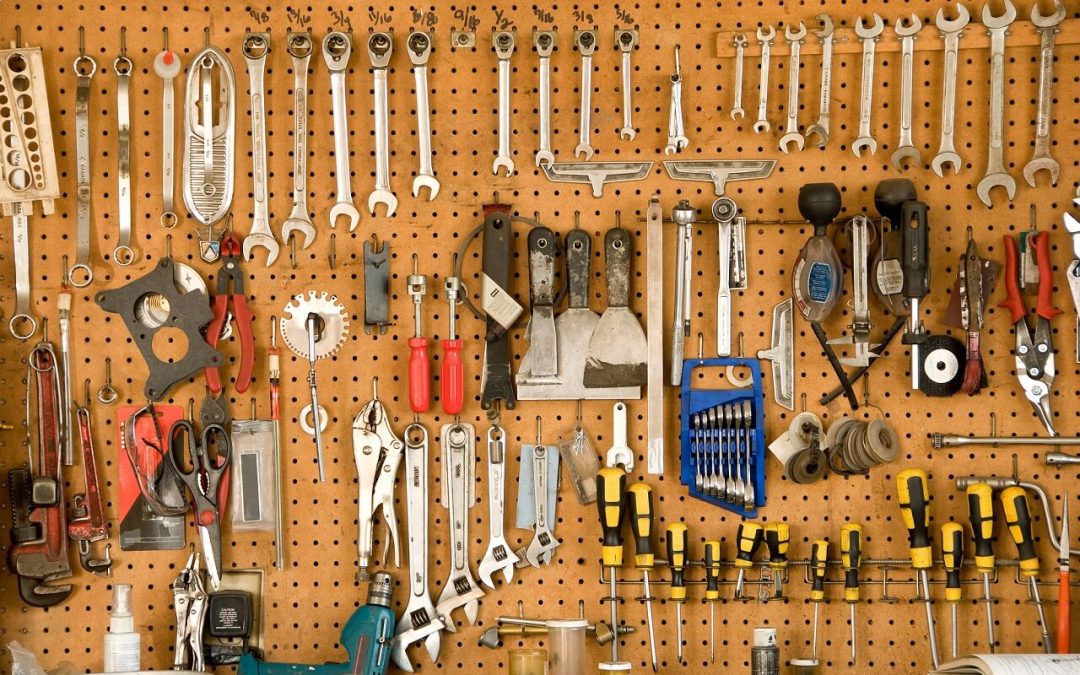Creating a home workshop is an exciting and rewarding project for homeowners. Whether you’re a seasoned DIY enthusiast or a newcomer to home improvement, a well-organized workshop will be a game-changer. Let’s look at the essentials of building a home workshop.
Choosing the Right Location For Your Home Workshop
The first step in building your home workshop is selecting the best location. The garage is a popular choice, but a basement, shed, or even a spare room works just as well. Consider factors like ventilation, lighting, and accessibility. Adequate ventilation is crucial, especially if you plan to work with materials that produce fumes or dust. Good lighting is equally essential; natural light is ideal, but combining overhead and task lighting will let you see your work clearly at any time.
Essential Tools and Equipment
Every workshop needs a core set of tools and equipment. Begin with basics like a hammer, screwdrivers, pliers, and a set of wrenches. A quality power drill, circular saw, and jigsaw are invaluable for most projects. As you gain experience, you can expand your collection with specialized tools like a router, table saw, and lathe. Investing in good quality tools will save you time and money in the long run. Don’t forget safety equipment such as goggles, ear protection, and dust masks. Make safety the top priority.
Storage Solutions
Efficient storage keeps your workshop organized. Pegboards are excellent for hanging frequently used tools, making them easy to find and put away. Shelving units and cabinets provide storage for larger items and materials. Drawers and bins are perfect for smaller tools and accessories. Labeling everything helps maintain order and makes it easier to locate items quickly. Use clear bins or drawers to see the contents at a glance.
Workbench and Surfaces
Your workbench is the centerpiece of your workshop. Choose a sturdy, spacious workbench that will handle heavy use. Add a vise to hold materials in place while you work. A secondary surface, like a foldable table, is helpful for additional projects or as an overflow area. Cover your workbench with a durable material like plywood or MDF, which is easy to replace when it wears out.
Building a Home Workshop: Electrical and Lighting Considerations
Proper electrical setup is vital for a functional workshop. Make sure you have enough outlets to accommodate your tools, and install a dedicated circuit for heavy-duty equipment. Good lighting reduces eye strain and improves precision. In addition to overhead lights, use task lighting to illuminate specific work areas. LED lights are a great choice due to their energy efficiency and brightness.
Maintaining Your Workshop
Once your workshop is set up, maintaining it is essential for ongoing productivity and safety. Regularly clean your space to prevent dust buildup and keep your tools in working order. Sharpen blades and bits, lubricate moving parts, and check for wear and tear. Staying organized will save you time and make your projects easier.
By following these tips, you’ll build a home workshop that meets your needs and inspires you to take on new projects.
Cal Home Inspection provides home inspection services to the Sacramento area. Contact us to schedule an appointment.

